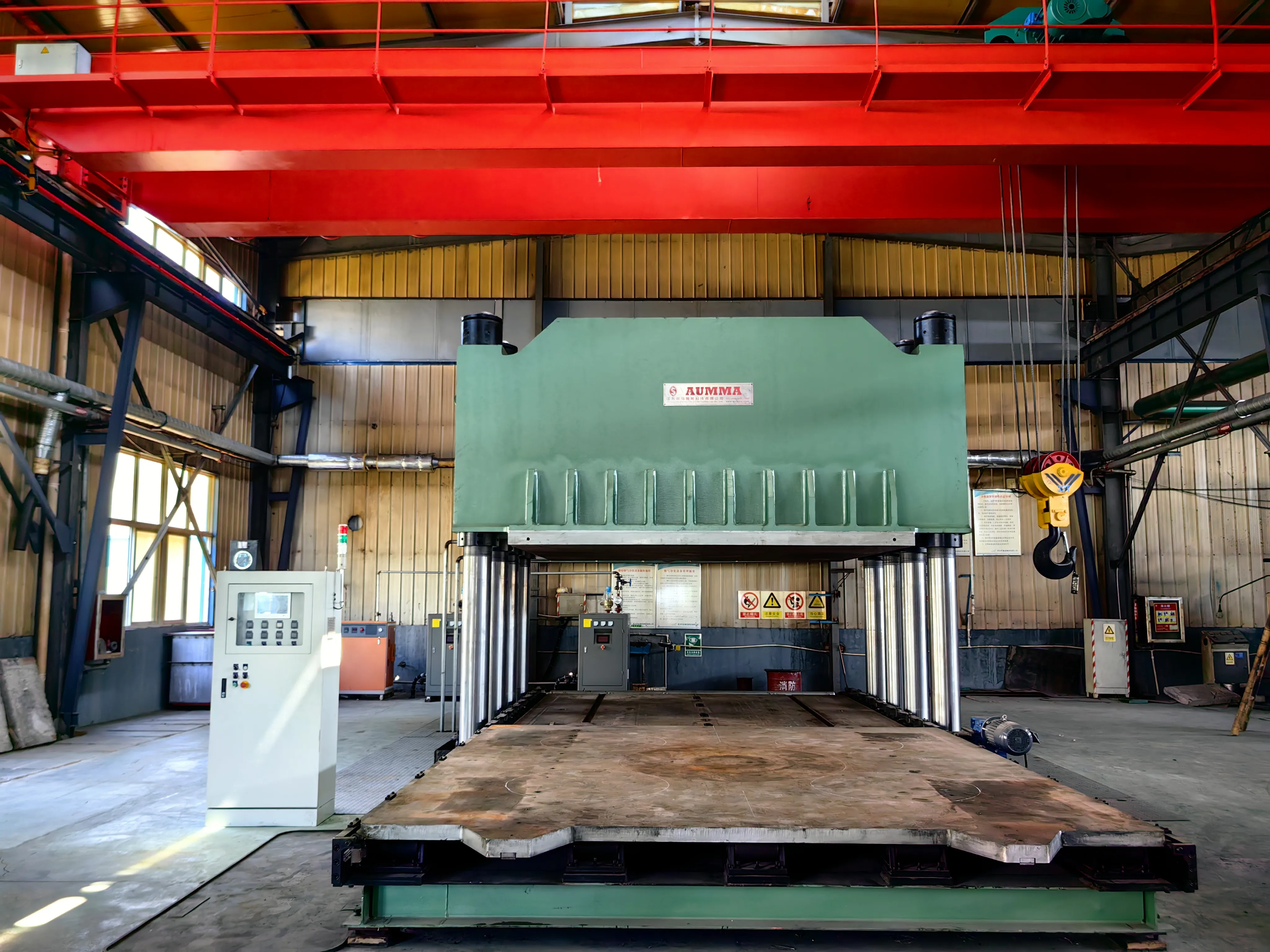Automatic Batching Machine for Rubber Materials - Precision Batching for High-Quality Rubber Production
page views :
Last Updated : 2025-11-09

Related News
Read More >>
 Laboratory for Testing Physical Properties of Rubber - Unvei
Laboratory for Testing Physical Properties of Rubber - Unvei
11 .09.2025
Discover the Laboratory for Testing Physical Properties of Rubber. Learn about its testing equipment, importance in product development and quality control, and data analysis processes.
 Automatic Rubber Vulcanizing Machine - Boosting Rubber Produ
Automatic Rubber Vulcanizing Machine - Boosting Rubber Produ
11 .09.2025
Discover the Automatic Rubber Vulcanizing Machine. Learn about its heating, pressurization and control systems, working principle and applications in tire and belt manufacturing.
 Automatic Batching Machine for Rubber Materials - Precision
Automatic Batching Machine for Rubber Materials - Precision
11 .09.2025
Discover our Automatic Batching Machine for Rubber Materials. Learn about its storage, feeding, weighing and control systems, working process and wide applications in tire and conveyor belt industries...
 Large Rubber Vulcanizing Machine - The Core Equipment for Hi
Large Rubber Vulcanizing Machine - The Core Equipment for Hi
11 .09.2025
Discover the large rubber vulcanizing machine. Learn about its heating, pressurization and control systems, working principle and wide applications in tire, conveyor belt and other industries.
